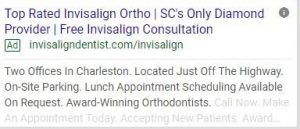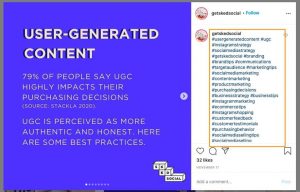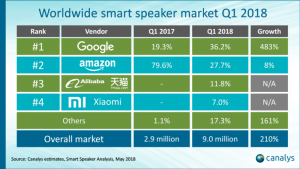As a business and/or brand, nothing is more important than maintaining a solid reputation throughout your respective industry.
It is critical to maintain a solid reputation because an increasing number of consumers have started to use it as a way to dictate their purchasing behaviors and decisions.
More and more consumers are now using social media and review websites to make all kinds of purchasing decisions. Therefore, it is imperative, as a business owner or marketer, to focus on improving and maintaining a healthy reputation in the marketplace.

In this article, I will be going over one of the biggest kept secrets of this year when it comes to managing your reputation online.
What Search Engines Are Looking For?
1) High Authority Domains.
If you are trying to maintain a healthy reputation in the marketplace and on the Internet, you need to focus on leveraging high authority domains that are already built.
Google and other search engines have different criteria that they look for when they are trying to figure out the rankings for different keywords and phrases. However, one of the biggest things that they look for when trying to rank websites is the “strength” that each web property has.
The way that Google calculates these authority and trust indicators is by learning how long the domain has been in existence, how many links are pointing to it, and how many strong websites it is associated with.
This may sound technical and confusing, but there’s some good news here. You cannot change how long your domain has been in existence, but you can impact the strength of domains that your website is linked to.
Therefore, it is always wise to leverage the highest, most trusted domains that you can. You can do this by linking your website to other authority websites in your niche/industry. And, by linking your websites (pages) to established and populated social media websites like Facebook, Twitter, LinkedIn, Slideshare, YouTube, Pinterest, and more.
But it doesn’t stop there – you have to continually expand content and build incoming links for these properties too. For example, you could reference content pieces from your LinkedIn articles to your Twitter profile, and boost its “trust”, resulting in higher rankings for that web property.
2) Social Proof.
If you consistently get people talking about your business and/or brand on social media and you link these websites to your own brand’s websites, you should be able to better control the overall search results for your company’s brand.
The benefit is that you get more control over the overall reputation of your brand and will allow you to suppress the negative mentions about it in the search engines. And, you have to monitor this conversation continually, and respond to all – either positive, neutral and negative comments or specific mentions.
(Note: For some markets, like financial services industries, FINRA has issued limits on social media use, but each market can leverage social to their benefit when proper strategies are built.)
How do you actually do it?
1) Create Social Media Accounts For Your Brand.
The first thing that you are going to want to do is be sure to create social media accounts for your brand on each of the available social media platforms. Be certain to create them where your customers and prospects visit as well.
It is imperative that you create social media accounts on all of the available and popular social media platforms because each one that you create and manage is going to propel your brand’s website higher in the search engines. These social media accounts will eventually be pushed to the front page of search results if done right.
2) Manage the Social Media Accounts.
It is not enough to simply create the social media accounts. You are also going to need to manage the social media accounts that you create. Search engines look for activity as well as the existence of the social media accounts and overall user engagement. Continually build links across your network of highly trusted websites.
Make sure you are posting relevant content such as; articles, pictures, videos and links. By doing this, not only are you going to be able to attract more people to your website – thus strengthening your brand’s websites rankings but you will also be able to repress negative things being said about your brand/company.
Free tools to get you started
In order to figure out what Internet sites your brand is being discussed in, you could utilize Google Alerts.
By using Google Alerts, you get automatic email notices whenever your brand and/or company is being mentioned online. This allows you to promptly respond or make some sort of corresponding action associated with the mention.
With social mention, you can figure out whenever someone mentioned your brand or company on the Internet, and you can also research in “real-time.”
Be sure to utilize the Google KeyWord Planner Tool, Google Analytics (you can set threshold alerts to be automatically emailed to you) to help improve your brands reputation by creating quality, topical and keyword-based content that your audience is searching for.
To learn more about how the process works, check out this infographic:

(139)
Report Post








